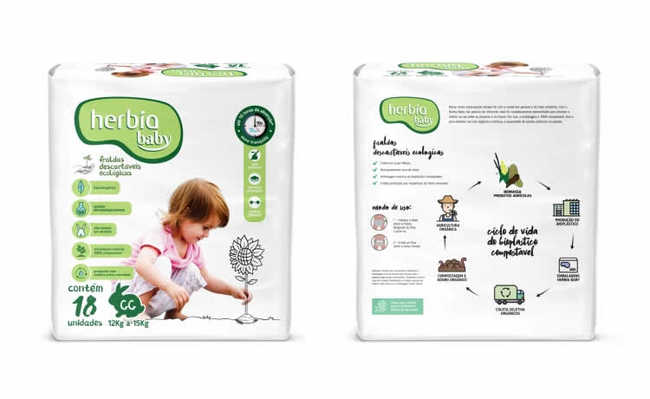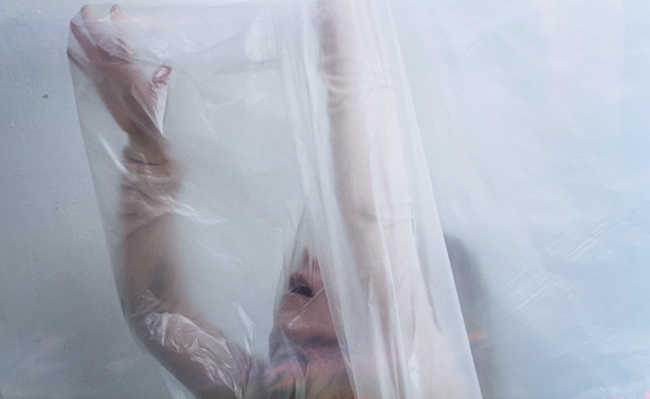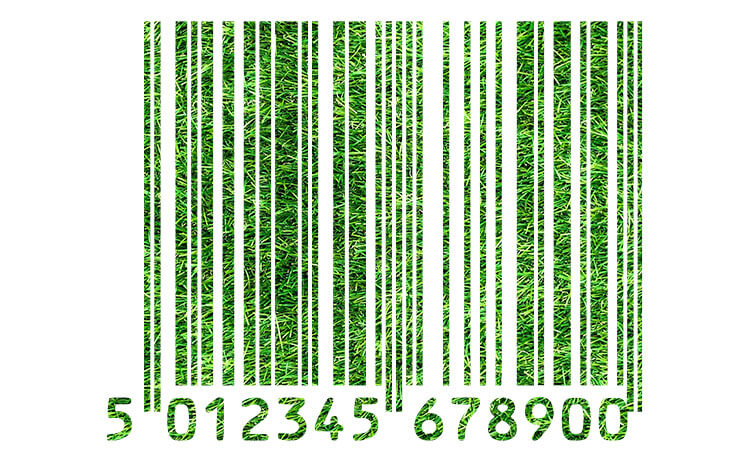What is geobiology?
Geobiology is a science that studies the impact of the environment on health and well-being.

Image of Andres Iga is available on Unsplash
The geobiology, baubiology or building biology, studies the impact of buildings on human health and well-being. The term comes from the Latin translation of the German word Baubiologie, where 'bau' refers to construction or care.
Despite not being widespread in South America, geobiology is recognized as a science that emerged in Germany after World War II, being taken to other countries in Europe, North America, Oceania and Asia. In an attempt to accommodate a growing population, new homes were hastily built. Studies carried out in these dwellings pointed to a pattern of illnesses attributed to the rush during construction, which did not allow the VOCs (volatile organic compounds) to dissipate. One of its first and greatest scholars was the German Dr. Ernst Hartmann, a physician in the German army and later a captive in an American shelter.
In Brazil, one of the main precursors of geobiology is Allan Lopes, trained in the area and promoting the concepts of healthy housing.
Human beings and geobiology
Another focus is on the human being. In this segment, geobiology studies the effects that changes in the structure and function of the earth's natural system have on human beings, and how humanity itself has contributed to these changes. The most common factors that affect human health and well-being considered by geobiology are electromagnetic fields, the presence of groundwater and tectonic faults in regions where there are buildings used for housing or work; and indoor air pollution.
Studies show a correlation between the presence of groundwater, tectonic faults and the emergence of electromagnetic fields that negatively impact the health of people living above the place where this set of phenomena occurs. The presence of minerals in the water produces electromagnetic fields, thus creating the so-called stress or disturbance zones. The health effects involve interference in brain functioning and in the production of melatonin, an important hormone for the proper functioning of the immune system and responsible for controlling our circadian rhythm, a period of one day (24 hours) in which the activities of the cycle are completed biological nature of living beings.
- What is circadian rhythm?
Non-ionizing radiation, which has a very low frequency, is emitted by cell phones, radar, radios, digital TV, and other electronic devices. The energy from this radiation causes negative effects on human health, being absorbed by tissues and increasing the risk of cancer and cataracts in the eyes, especially if the exposure is for many years.
Geobiology in practice
Geobiology uses the techniques and principles of dowsing, acting through the use of equipment to identify these stress zones. It also seeks to reduce the excess of equipment that emits electromagnetic radiation in resting places, such as bedrooms. And in other rooms of the residence or even offices, geobiology tries to keep electromagnetic radiation at the minimum acceptable values under the legislation of each country - in the case of Brazil, they are defined by the National Telecommunications Agency (Anatel). In other words, it is possible to say that geobiology tries to harmonize the internal environments, in such a way that the area is informally known as "habitat medicine". There are even many geobiology consultants who are also knowledgeable in eastern practices, such as the feng shui.
With regard to the pollution of indoor environments, geobiology acts in moments before and after the planning of the architecture and construction of the building. It seeks to use natural lighting and ventilation, less polluting building materials, both during the production process and after installation in the construction; natural cleaning products and finishing materials without harmful products such as flame retardants. These geobiology applications involve the concepts of sustainable construction, but that go beyond the concern with the construction itself and go beyond care for the human being, always valuing the health of the species, quality of life and the health of the environment around people, treating thus from homes and workplaces as part of a natural system. That's why a minimum of environmental and health changes is sought. The concept of Building Biology and Ecology well translates the applications of geobiology in the field of healthy housing.
Healthy Home Seal
Coordinated by Healthy Building World Institute (World Institute for Healthy Construction), the Healthy Home seal was created with the aim of ensuring healthy spaces that provide well-being for society. It is the world's first certificate for buildings, professionals and construction products that takes into account elements of health and well-being. To learn more about the seal, check out the article "Healthy Home Seal: the guarantee of a healthy environment for your well-being".
The seal is a good way to make sure you are not exposed to a diseased building. Yes, buildings can get sick too and that can be much more dangerous than it sounds. The Sick Building Syndrome, recognized by the World Health Organization in 1982, refers to the cause and effect relationship between the conditions of an internal environment and the aggression to the health of the occupants. Understand more about sick buildings in the article: "Sick Building Syndrome: When the building you live or work in harms your health"
Check out a video talking a little more about geobiology.










